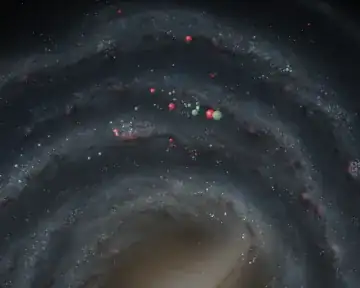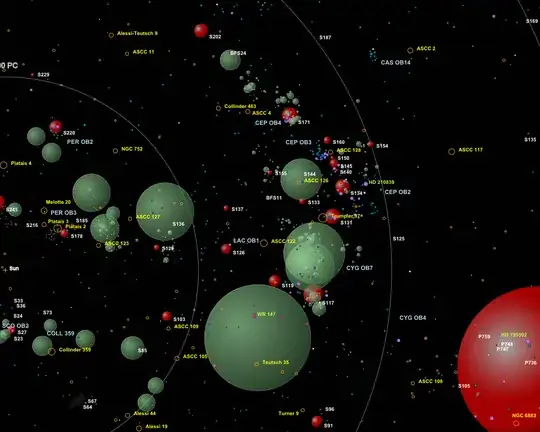I ran across a name for what I'm searching for: "dark cloud constellations". To see them, you need to experience the kind of dark skies that much of humanity grew up with. In the southern hemisphere, where the center of the galaxy can go high in the sky and cast a shadow, it is easier to discern them, and many cultures gave these figures names:
Constellation (Wikipedia):
Some cultures have discerned shapes in these patches and have given names to these "dark cloud constellations." Members of the Inca civilization identified various dark areas or dark nebulae in the Milky Way as animals, and associated their appearance with the seasonal rains.[4] Australian Aboriginal astronomy also describes dark cloud constellations, the most famous being the "emu in the sky" whose head is formed by the Coalsack.
One nice, detailed map and list of these, with lots of names, from an Inca perspective is here:
www.astronomy.pomona.edu/archeo/andes/startable3.html - it would be nice to see this information used to label the image in the original question.
The Australian emu in the sky is enormous, and looks like this (stretching from nearly Aquila on the left to Crux on the right):

Update: Here are other named dark cloud constellations that can be seen with the naked eye under good conditions, besides the Great Rift and Coalsack already mentioned in the question:



